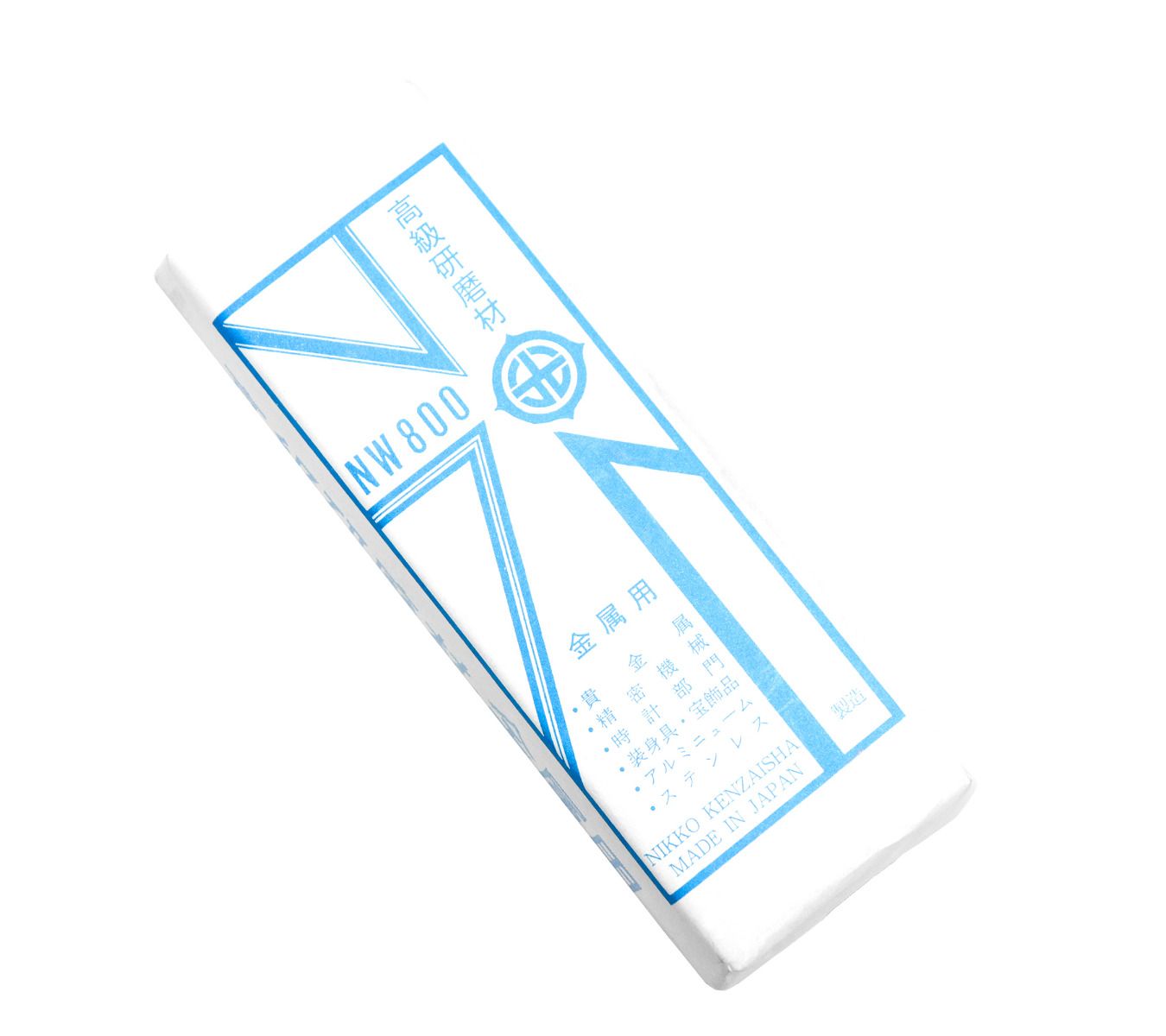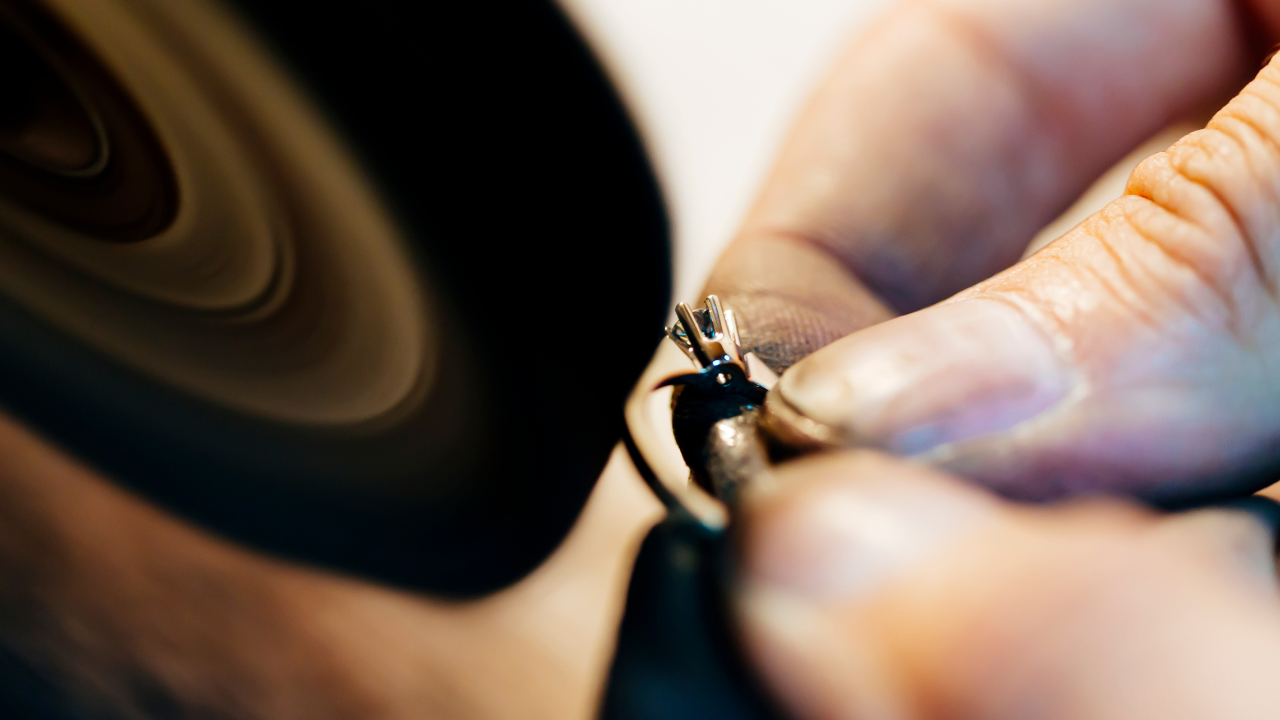
Why Jewelry Polishing Matters and How to Do It Right
Jewelry polishing is essential in finishing pieces, removing imperfections, and restoring their original brilliance. It’s a meticulous process that transforms raw castings into beautifully polished jewelry and revives worn pieces to their original luster.At Romanoff International, we know the value of using the right tools and techniques. That’s why we utilize a variety of polishing compounds and wheels to achieve the perfect shine. In this guide, we’ll cover essential techniques and tools for achieving a flawless polish, whether you're a professional jeweler or a hobbyist.
Why is Jewelry Polishing Important?
Polishing is critical to enhancing a piece's overall beauty, giving it a smooth, radiant surface and elevating its value. The benefits of polishing include:- Refining the Surface: Polishing removes scratches, tarnish, and stains for a flawless finish.
- Protection and Maintenance: A polished surface is more resistant to corrosion, oxidation, and dirt, making it easier to clean and maintain.
- Skilled Craft: Traditionally, it could take years of training to master polishing, highlighting its importance in the jewelry-making process.
How to Polish Jewelry: Step-by-Step Guide
- Preparation
- Proper preparation is key to a successful polish. Start by removing visible scratches with a file, working in one direction. Use progressively smoother files to prep the metal surface for finer polishing.
- Initial Polishing with Pumice Powder
- Pumice powder is an excellent abrasive for initial cleaning, especially before soldering. It creates a matte, grease-free finish that highlights any remaining imperfections. Rinse thoroughly before continuing.
- Be Patient
- Polishing requires patience. Use wet-and-dry or emery papers, beginning with coarse grit (around 500) and moving to finer grit (up to 1200). For smoother results, try Micro-Mesh, a cushioned abrasive that prevents accidental scratches and allows for even pressure application.
 Polishing Detailed Pieces
Polishing Detailed Pieces
- For intricate items, barrel polishing with mixed steel shot and compounds like Barrelbrite is effective. Here are some tips:
- Avoid overcrowding to prevent damage.
- Use wires to secure chains or small pieces, and avoid large plain surfaces that may become pitted.
- Mop Polishing
- Mop polishing consists of two stages: cutting and polishing.
- Cutting: Use a coarser compound, like Tripoli, on a firm mop to eliminate deeper scratches.
- Polishing: Switch to a softer mop and finer compound, like Rouge, for a high gloss finish.
- Remember to apply polish to the spinning mop rather than a stationary one, and avoid excess polish, as it can create a sticky residue.
Pro Tips for Jewelry Polishing
- Invest in Quality Compounds: Frequently recharge the wheel with polishing compound for optimal results.
- Clean Thoroughly: Clean between each polishing stage to prevent cross-contamination.
- Avoid Corners and Sharp Angles: Polishing against corners can round them off. Instead, start from flat surfaces and polish towards edges.
- Polish “V” Shapes Carefully: Direct polishing into a “V” can create grooves; instead, polish over the point to maintain the design.
Jewelry Polishing Steps Explained
- Step 1: Dealing with Rough Castings
- - Castings are cut from the sprue and then polished to remove rough spots. Tumbling in a magnetic or rotary tumbler evens the surface before further refinement.
- Step 2: Refining the Surface
- - Jewelers use files and rotary tools to smooth surfaces, working from coarse to fine abrasives. This results in a consistent finish that complements the jewelry's design.
- Step 3: Achieving Shine
- - With felt or muslin wheels and less abrasive compounds, the metal is polished to a brilliant finish on either flexible shafts or upright polishing machines.
- Step 4: Texturing and Finishing
- - Additional textures or finishes, like satin or Florentine patterns, can be applied to enhance the piece’s design and add unique character.
- Step 5: Applying Chemical Finishes
- - Final touches include chemical finishes such as rhodium plating or patinas, adding the finishing glow and character to gold and platinum pieces.



Log In